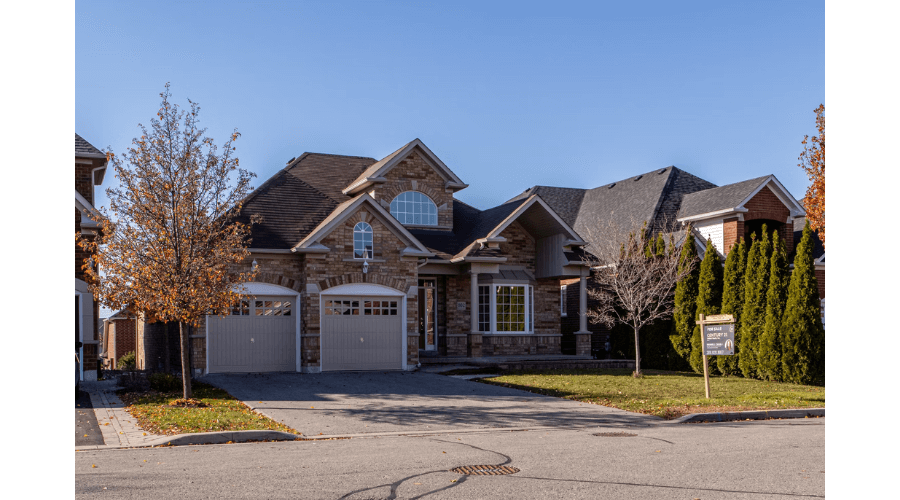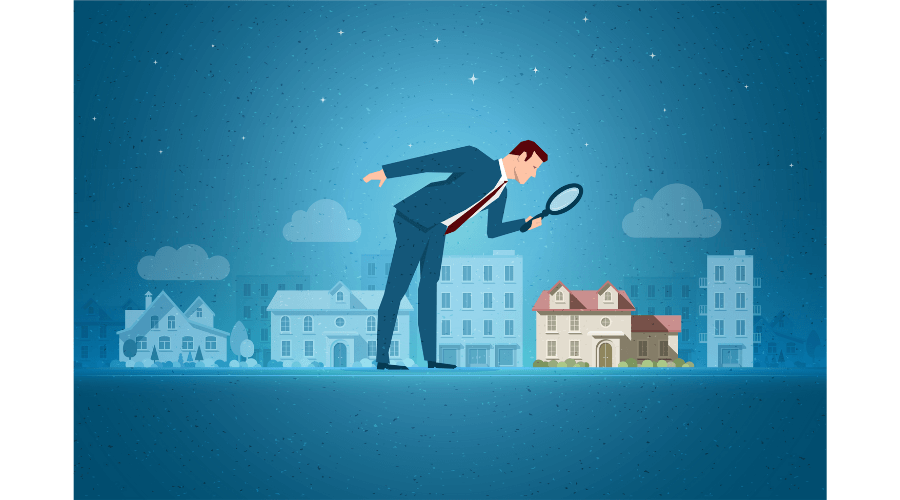Impact of High-Interest Rates And Inflation On Property Investments?
A wide range of influences can determine your success as a property investor. Considering the multiple social and economic factors can quickly become overwhelming. Perhaps, none more so than the talk of rising interest rates and inflation.
Suppose you’re a new property investor, someone who’s only invested in the last couple of years or hasn’t yet invested in the Australian property market. In that case, you’re no doubt apprehensive about the prospect of interest rates going up. But it’s essential to understand the correlation between interest rates, inflation, and the housing market.
With this breakdown, you’ll be able to answer critical questions that’ll arise in the property investment journey, including ‘how does inflation affect property prices?’, ‘will house prices fall when interest rates rise? or ‘do property prices increase during hyperinflation?’
What is inflation and how is it measured?
According to the Reserve Bank of Australia (RBA), inflation is the increase in the level of prices of the goods and services that households buy.
Inflation is measured as the rate of change in those prices. The Consumer Price Index (CPI) is used to indicate inflation, which measures the percentage change in the price of thousands of goods and services consumed by households. The Australian Bureau of Statistics (ABS) calculates the CPI, releasing this figure quarterly.
Australia targets an inflation rate of 2–3%, on average, over time. This target is considered a suitable rate so as not to distort economic decisions in the community.
As of Q1 2022 (March), the inflation rate is calculated at 5.1% – the greatest annual inflation rate for two decades.
So, does high inflation affect the housing market? To answer this, we need to first look at the relationship between inflation and interest rates.
What is the relationship between Inflation and Interest Rates?
Interest rates are the primary tool used by the RBA to manage inflation. In controlling interest rates, the RBA aims to ensure that inflation remains low and stable (i.e. 2-3%), using ‘monetary policy.’ This involves the RBA either increasing or decreasing the interest rate it charges financial institutions (‘cash rate’) as a way to meet this inflation target.
Generally speaking, raising interest rates makes borrowing money more expensive, but it can also lead to more returns on savings and super.
The RBA meets 11 times a year (the first Tuesday of each month, except in January), where they decide whether they will raise the official cash rate, reduce it, or keep it the same.
So, how does inflation affect property value, and what does this mean for you, the investor?
What is the Correlation between Interest Rates, Inflation, and Housing
Australia’s housing market accounts for 22.3% of the total weight of the CPI. As a result, the housing market has significant weight in the RBA’s calculations to determine the inflation rate.
The cash rate charged to financial institutions by the RBA will ultimately affect the interest rate charged by lenders on various financial products, such as savings accounts, variable rate mortgages, and personal loans.
For example, interest rates are likely to decrease when the RBA lowers the cash rate. This has the effect of making houses more affordable and increasing property prices. These are the current circumstances we’ve been experiencing, with inflation having a positive impact on the value of the property and the interest rates on home loans.
But now, with the significant rise in inflation, it has been predicted that interest rates will rise. And the impact of rising interest rates on real estate has many people fearing that property prices will crash while hindering the success of property investors.
The Impact of High-Interest Rates And Inflation On Property Investments
While we’ve discussed the relationship between inflation, interest rates, and the housing market, it’s also important to discuss the impact of rising interest rates on property valuation.
So, here are a few key reminders for property investors looking to find out how interest rates affect property values and investment prospects.
It’s important to remember that interest rates don’t directly correlate to housing prices over the long term. There have been instances in history where interest rates have gone up, but house prices haven’t necessarily gone down.
In 2003-2004, interest rates were flat, even when house prices decreased. This occurred again in 2017-2018.
In 1994, interest rates went up, and house prices increased. So, it’s not a certainty that house prices will fall just because interest rates go up.
Yes, there is a tendency for house prices to fall when interest rates go up. But it’s also important to consider how much they fall by. These ‘crashes’ are often minor corrections in the housing market.
National numbers are also skewed by Sydney and Melbourne, where most people live and where houses are bought and sold. This hides the fact that even during these periods where housing prices have fallen, other cities and regional areas were rising, or at least not dropping.
The key takeaway for those asking what happens to property prices when interest rates rise is that there are factors to consider beyond increasing interest rates. When it comes to property investment during these interest rate hikes, it’s about looking at the markets within markets.
There are still suburbs and areas to invest in that will continue to rise, even when others start to fall.
For those trying to break into property investment, the question shouldn’t be whether now is the right time to buy but rather, ‘where should I buy?’ Your research should extend beyond rising interest rates. Every city and suburb is different, and a range of data factors need to be analysed to find the right one.
If you’re ready to start your property investment journey but need some further guidance on how to navigate this market and the potential of rising interest rates, feel free to check out this video and many others like it on our channel!
PREVIOUS
What Is Negative And Positive Gearing: How It...

 PK Gupta
PK Gupta





